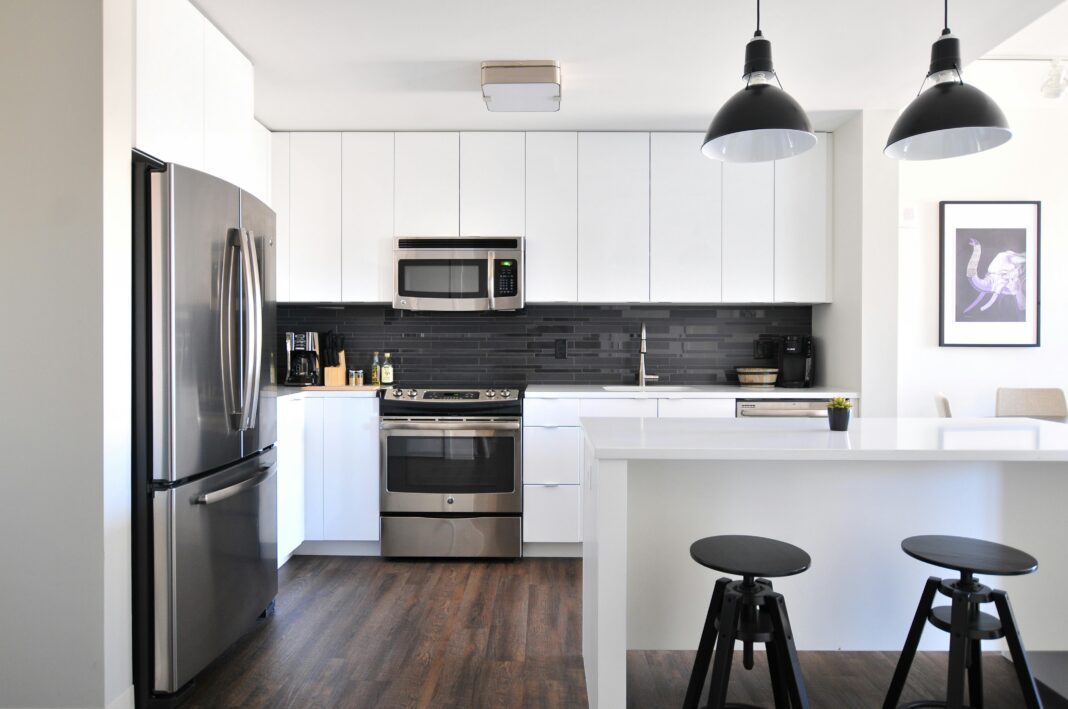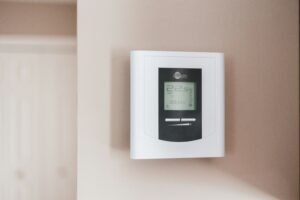Moving to a new place is exciting, right? Fresh start, new vibes, maybe even a bigger kitchen to whip up your famous spaghetti. But before you get there, you’ve got to tackle the not-so-fun part: packing. And when it comes to appliances—those bulky, awkward, sometimes fragile kitchen heroes—it can feel like a puzzle you didn’t sign up for.
How do you make sure your toaster doesn’t end up in pieces or your blender doesn’t become a modern art sculpture by the time you unpack? Whether you’re doing it yourself or hiring appliance movers to handle the heavy lifting, packing them right is key. Don’t worry, I’ve got you covered. Let’s walk through how to pack appliances for moving in a way that’s stress-free, practical, and maybe even a little fun. Ready? Let’s dive in!
Step 1: Gather Your Packing Supplies Like a Pro
First things first, you can’t pack anything without the right tools. Think of this like prepping for a big cooking project—you wouldn’t start chopping veggies without a knife, right? Here’s what you’ll need to pack your appliances, and the good news is you don’t have to break the bank—especially if you’re working with affordable moving companies that might toss in some supplies:
- Sturdy boxes: Ideally, the original boxes if you still have them. If not, grab some medium or large moving boxes from a hardware store or online.
- Packing tape: Get the good stuff. You don’t want your boxes popping open mid-move.
- Bubble wrap or packing paper: For wrapping up those delicate parts like glass blender jars or toaster trays.
- Blankets or towels: Perfect for padding bigger appliances like microwaves or air fryers.
- Ziplock bags: For small parts, screws, or cords—trust me, you’ll thank yourself later.
- Marker and labels: So you know what’s what when you’re unpacking in your new digs.
Head to a moving supply store or even ask around—sometimes local shops give away boxes for free. Once you’ve got your gear, you’re ready to roll.
Step 2: Clean and Prep Your Appliances
Okay, picture this: You unpack your coffee maker at your new place, and there’s still a crusty layer of last month’s espresso grounds inside. Gross, right? Before you pack, give your appliances a good clean. Not only does this keep things sanitary, but it also prevents funky smells or damage during the move.
- Unplug everything: Safety first! Let cords cool down if it’s something like a kettle or iron.
- Empty them out: Dump water from kettles, coffee makers, or humidifiers. Take out any food crumbs from toasters or air fryers.
- Wipe them down: Use a damp cloth or some mild cleaner. For stuck-on gunk, a little vinegar works wonders.
- Dry thoroughly: Moisture plus a sealed box equals mold. No one wants that surprise.
For bigger appliances like microwaves or mini fridges, remove any loose shelves or trays and clean those separately. It’s a little extra work now, but it’ll save you a headache later.
Step 3: Disassemble What You Can
Some appliances are like Lego sets—they’ve got parts you can take apart. Doing this makes them easier to pack and less likely to break. Here’s how to approach it:
- Remove attachments: Think blender blades, food processor discs, or mixer beaters. Wrap these separately in bubble wrap or a towel.
- Take off cords: If the cord detaches (like on some kettles or slow cookers), pop it off and bag it. If it’s attached, wrap it around the appliance and secure it with tape or a twist tie.
- Secure loose bits: For toasters with removable trays or microwaves with glass turntables, take those out and pack them individually.
Pro tip: Toss all the small parts into a labeled Ziplock bag and tape it to the appliance or keep it in a “master parts” box. You don’t want to be digging through 20 boxes looking for that one tiny screw.
Step 4: Wrap It Up—Literally
Now comes the fun part: wrapping your appliances like they’re precious gifts. The goal here is to protect them from bumps and jostles in the moving truck. Here’s how to do it right:
- Small appliances: Wrap your toaster, blender, or coffee maker in a layer of packing paper or bubble wrap. Focus on corners and edges—they’re the most vulnerable spots. Secure it with tape so it doesn’t unravel.
- Glass components: Got a glass blender jar or microwave turntable? Double up on bubble wrap and consider putting it in its own small box for extra protection.
- Big appliances: For microwaves or stand mixers, use moving blankets or old towels. Wrap them snugly and tape the padding in place.
If you’re using the original box, great! Those foam inserts are gold. If not, don’t sweat it—just make sure there’s no wiggle room once it’s in your moving box.
Step 5: Box It Like You Mean It
Time to get those appliances into their temporary homes—boxes! This part’s all about making sure nothing shifts around during the move.
- Pick the right size: The box should be big enough to fit the appliance plus some padding, but not so big that it’s rattling around.
- Pad the bottom: Toss in some crumpled packing paper, a towel, or even those bubble mailers you’ve been hoarding. This creates a cushion.
- Place the appliance: Set it in upright if possible—most appliances are designed to sit that way. If it’s got a “this side up” label, honor it.
- Fill the gaps: Stuff more paper, bubble wrap, or even socks (clean ones, please) around the sides so it’s snug as a bug.
- Top it off: Add another layer of padding on top before sealing the box.
Tape it up good, and don’t forget to label it with what’s inside and “Fragile” if it applies. Bonus points if you write “Kitchen” so you know where it’s going when you arrive.
Step 6: Handle the Big Guys (Fridges, Ovens, Etc.)
If you’re moving major appliances like a fridge or stove, that’s a whole different ballgame. These bad boys usually stay plugged in until the last minute, so plan ahead:
- Defrost the fridge: At least 24-48 hours before moving day, unplug it and let it defrost. Wipe up any water and leave the doors open to dry out.
- Secure doors: Use tape or bungee cords to keep fridge or oven doors shut during transit.
- Hire help if needed: These are heavy and awkward—moving pros or a dolly can save your back.
For smaller “big” appliances like microwaves or countertop ovens, follow the same wrapping and boxing steps as above, just scale it up with bigger boxes and more padding.
According to Removals and Storage Experts, a London-based removals company, protecting your fridge during the move is just as important as prepping it beforehand. They recommend using sturdy straps and tape to keep doors securely shut and placing the fridge upright in the moving vehicle to avoid damage. Their guide on how to store a fridge offers detailed advice on keeping your fridge safe after the move.
Step 7: Load Smart on Moving Day
Packing’s done—woohoo! Now, how do you get these boxes to your new place in one piece? Loading the truck matters more than you’d think.
- Heavy stuff low: Put bigger appliance boxes on the floor of the truck, not stacked high where they could topple.
- Fragile on top: Smaller, delicate items like your glass-heavy blender should go on top of sturdier boxes.
- No sliding: Wedge boxes in tight or use straps to keep them from shifting.
If you’re hiring movers, let them know which boxes have appliances so they can handle them with care. A quick “Hey, this one’s my coffee maker—treat it like royalty!” usually does the trick.
Final Thoughts: Unpacking Made Easy
You’ve made it! When you’re unpacking, take it slow. Check each appliance for damage before plugging it in—better safe than sorry. Set up your kitchen how you like it, and give yourself a pat on the back. You just moved your appliances like a champ.
Packing appliances for moving doesn’t have to be a nightmare. With a little prep, the right supplies, and some TLC, your kitchen crew will arrive ready to roll. So, what’s the first thing you’re cooking in your new place? Let me know—I’m betting it’s something delicious!


